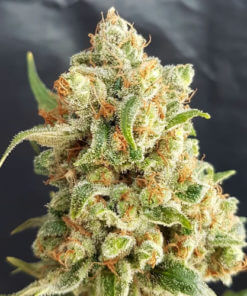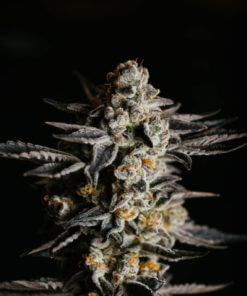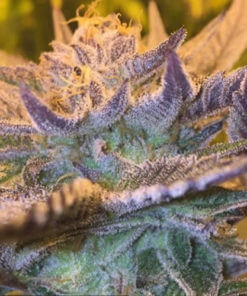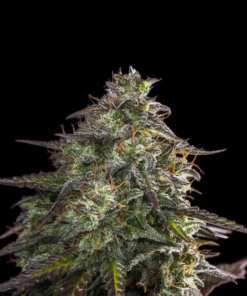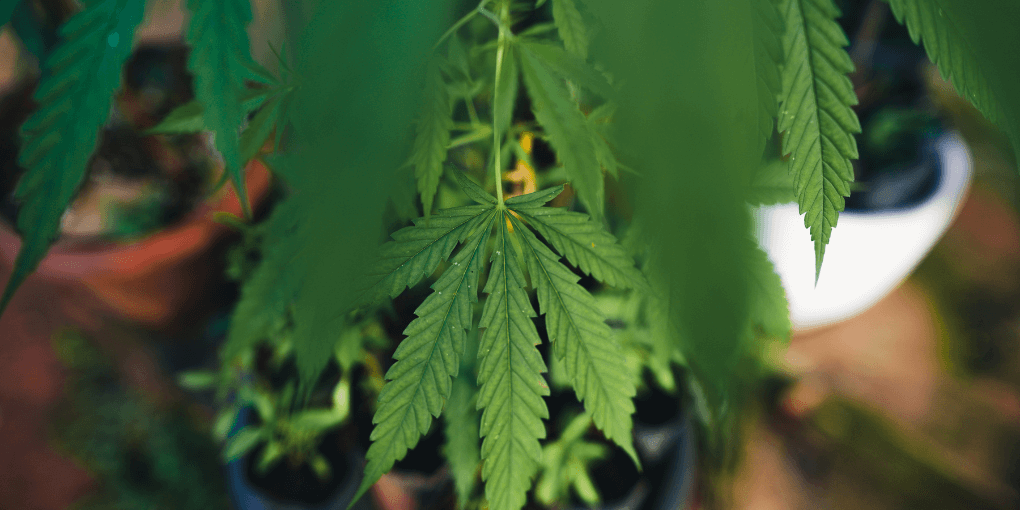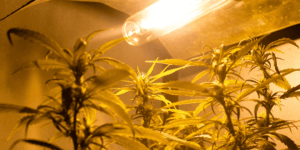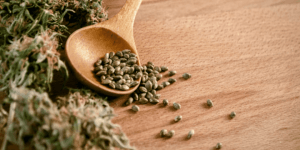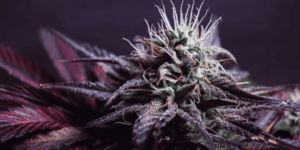cannabis growing
A Guide to Understanding Cannabis Genetics
Growing exceptional cannabis involves unravelling a captivating mystery, and at its core, the enigma lies within the plant’s genes. Let’s delve into the fundamentals of cannabis seed genetics to show how these genetic codes will influence your plants.
Navigating Cannabis Genetics
Each cannabis plant possesses a distinctive genetic blueprint. This code impacts everything from the plant’s structure to the compounds it synthesizes, with cannabinoids and terpenes being particularly significant. These compounds equip each strain with its unique effects and flavours.
Cannabinoids, exemplified by THC and CBD, are chemical components shaping the distinctive effects of a cannabis plant. Terpenes, the aromatic compounds prevalent in various plants, including cannabis, not only contribute to fragrance and taste but also play a role in therapeutic effects.
Try to visualise the cannabis plant as a chemical factory, with THC and CBD as its most important products. The genetic makeup of a cannabis strain acts as a master plan, determining the production levels of THC, CBD, and other cannabinoids. It functions as a recipe, influencing the proportions of each compound and shaping the overall impact the strain has on users.
Key Genetic Terms in Cannabis Genetics
Phenotypes & Genotypes
Phenotypes encompass the visible traits of a cannabis plant, such as height, leaf shape, and flower colour. Genotypes represent the underlying genetic codes dictating these traits. It’s noteworthy that a single cannabis strain can showcase various phenotypes while sharing a common genotype.
Landrace Cannabis vs. Modern Hybrids
Landrace cannabis denotes strains that have naturally evolved in specific geographic regions, adapting to the unique conditions of their environment. Examples include Afghani, Thai, and Malawi Gold, each exhibiting distinct characteristics reflective of their origin.
In contrast, modern hybrids are the outcome of deliberate crossbreeding, blending genetic traits from different strains to create novel and often more potent varieties. Examples include popular strains like Blue Dream, Girl Scout Cookies, and OG Kush, showcasing the creative possibilities arising from genetic fusion.
The Impact of Seed Quality and Selection
The quality of cannabis seeds plays an important role in cultivation success. Opting for high-quality seeds from the Irish Seed Bank significantly increases the likelihood of cultivating plants with desired traits.
Shop Sativa Cannabis SeedsUnderstanding Genetic Dynamics in Cannabis
Deciphering the dance of genetics in cannabis involves acknowledging the transmission of genetic information from parent plants to their offspring. This transmission occurs through natural processes like pollination or deliberate interventions by breeders.
In cannabis cultivation, the goal often revolves around developing strains with specific characteristics such as potency, flavour, aroma, and resistance to pests or diseases. Here’s an overview of how breeders approach genetics:
- Selection of Parent Plants: Breeders meticulously select parent plants with desirable traits, aiming to combine and enhance these traits in the offspring.
Crossbreeding: Ideal parent plants are crossbred to create offspring with a blend of genetic material from each parent, initiated by transferring pollen from the male to the female plant. - Genetic Variation: Offspring exhibit a range of genetic variations, allowing breeders to explore a spectrum of traits within a single batch of seeds.
Phenotype Selection: As plants mature, breeders select those displaying desired physical characteristics. - Stabilization: To ensure consistency in future generations, breeders work on stabilizing genetic traits over several generations.
- Backcrossing: This technique reinforces specific traits from the original parent while retaining desirable characteristics of the hybrid.
Testing and Evaluation: Breeders rigorously test and evaluate plants for chemical composition, growth patterns, resistance to pests or diseases, and overall harvest quality. - Documentation: Detailed records of parent plants, breeding techniques, and characteristics observed in each generation are maintained for consistency and refinement.
- Continual Improvement: Breeding is an ongoing refinement process, with breeders working to improve existing strains or create new variations by introducing different genetic influences.
At the core of cannabis genetics lies selective breeding, an artful science involving the careful choice of parent plants to create robust plants with predetermined genetic traits. Cultivators and breeders partake in this process to emphasize characteristics such as potency, yield, and resistance to pests or diseases. Selective breeding is a dynamic interplay between human intention and the genetic potential within the cannabis plant.
Shop Hybrid Cannabis Seeds

